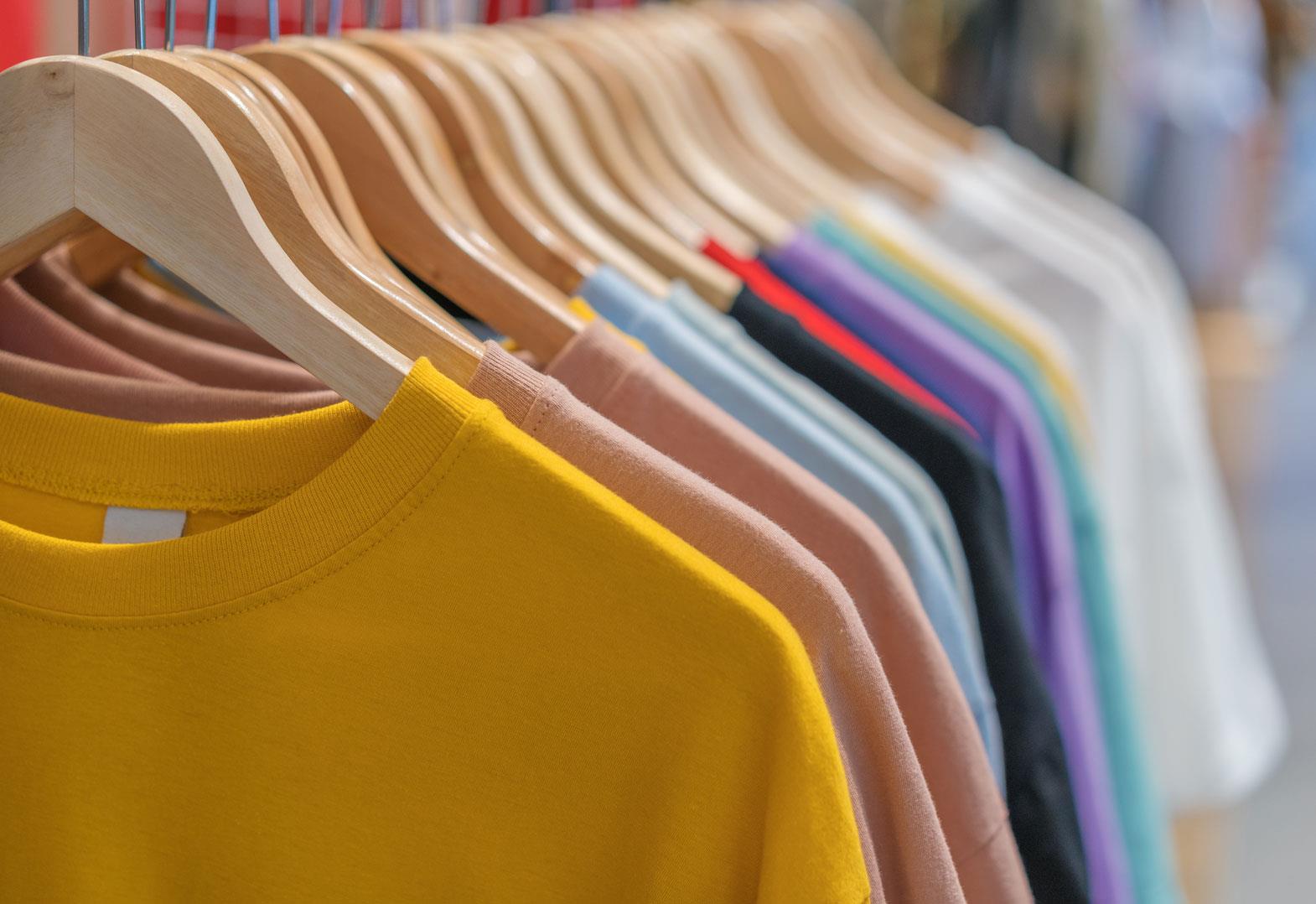The entire procedure for garment manufacture involves spinning, weaving, dyeing and printing, and finally production of garments. Spinning is all about converting raw materials like cotton, silk, wool, and others into yarn. Weaving involves converting the yarn into fabric. The fabric needs to be dyed and printed to make textiles, and the textiles are finally stitched into garments.
In the very first stage of textile production, fibers from natural raw materials like cotton, silk, wool, and others and synthetic fibers like nylon, rayon, polyester, and others are processed to make yarn. This step is called spinning of yarn. Spinning of yarn can be done with the help of machines as well as by hand.
The next step in the production of garments is weaving of fabrics. In this stage of garment production, yarns that are spun are interlaced at right angle to form a fabric. This can be done with the help of weaving machines or looms. It holds the rows of threads tight when columns of threads are interlaced between them.
After the making of fabric from yarn, the prepared fabric needs to be dyed and printed. Only then will the cloth become ready to be stitched. Various textile printing machines are available in the market that helps in this activity. Digital textile printing machines are the most advanced of all in modern times.
Preparing garments from cloth or textiles is the next activity in the four staged manufacturing process. This can be done by stitching the pieces of cloth together by cutting them in the appropriate manner. Sewing machines are available in the market for this purpose, but human assistance will always be required to carry out this task.
Looms that help in weaving fibers include air-jet looms (that drives the loom with the help of air power) and water-jet looms (that drives the loom with the help of water power). Knitting machines can also be obtained in order to serve a similar purpose. Knit materials are mostly used in making T-shirts.
Similarly, various types of sewing machines are also available in the market. Computerized sewing machines are the most advanced of them all. Embroidery can also be made on the cloth with the help of machines. Used machineries can also be availed in the market. They will work fine and also be easy on the pocket.
Textile machines can easily be found in any part of the world. The best textile machines for the manufacture of clothes come from the European countries like Italy, France, and Germany. It covers all the steps of apparel manufacture. Karl Mayer is the most sought after name in the field of textile machinery.
With the passage of time, a number of technologies have also come to be integrated with these machineries. Such technologies make the machines all the more efficient. For example, 3D technology has come to be integrated with the Computer Added Design (CAD) applications. They help manufacturers to view how an intended garment will look on the individual even before it is manufactured.
Researchers are making maximum efforts to improve the machineries available in the market further. Efforts are on to make the industry fully automated. The need for human intervention in running textile machineries can be expected to vanish in a few more decades. Sustainable machines, that are environment friendly, have also developed.
Garments are made with the help of many machines in a factory. After its manufacture, it is taken down to godowns or ware houses. It is stored in these warehouses until the time it is moved to retail shops. The size of the warehouse depends on the size of the business.
Textile logistics have a huge role to play in the movement of goods from warehouses to retail stores. Manufacturers may make use of rails, trucks, ships, or even airplanes in order to move goods from a warehouse to the store. Logistics are also made use of in the movement of raw materials from farms to manufacturing units.
Retail stores sell the finished goods to the customers. They make use of software applications majority of the times. For example, Point of Sale software is used in retail stores majority of the times. In terms of machinery, retail stores make use of limited machineries only.
Making of garments is a complex process. It requires the help of experts. Besides, smoothly-working automations are also a must. Only then will one get a number of garments quickly and inexpensively. A number of machines are present in the world and more are coming up everyday to manufacture clothes easily.
References:
- Wikipedia.org
- Wisegeek.com









Comments